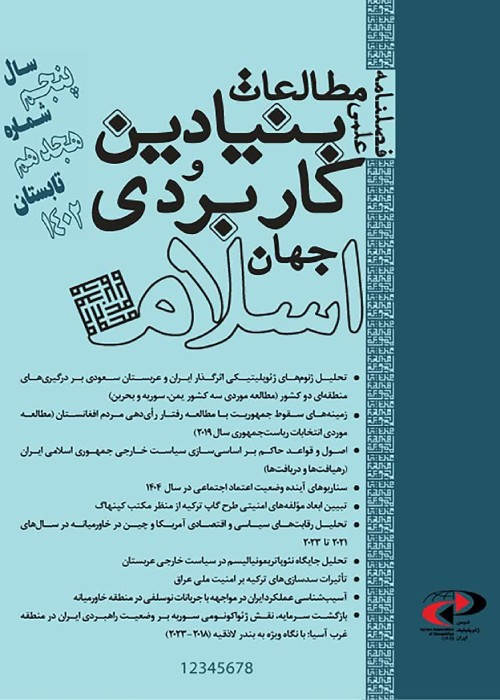India, Grand Strategy of Mausam, and Iran’s National Interests
With the emergence of the Chinese New Silk Road, as the most important international geo-economics initiative, the power arrangement of the geopolitics of greater Eurasia and its coastal waters, particularly the Indian Ocean, are subject to a great change. Comprised of the land-based Belt and the Maritime Road, the "New Silk Road", also known as 'One Belt One Road' or ‘Belt Road Initiative (BRI)', is a major manifestation of the Chinese power projection beyond its borders. Along with the United States of America, Delhi leaders have expressed their resentment towards the Maritime Road as the BRI could encircle their country by utilizing the ‘String of Pearls’; a very strategic term referring to the network of Chinese military and commercial facilities and investment ports along its sea lines of communication, which extend from the China’s mainland to Port Sudan in the Horn of Africa. Not surprisingly, India has reacted to the BRI by crafting their new grand strategy called Mausam to contain both belt and road. As the most ambitious Indian megaproject in the contemporary world, Delhi aims at rebuilding maritime and economic connections with the thirty-nine countries bordering the Indian Ocean. Among its major initial plans, this strategy has so far been manifested in two sea-land roads: the Kaladan Road and the Cotton Road. While the former connects Kolkata in the East of India to the South East of Asia through Myanmar’s port of Sittwe, the latter makes ties between Mumbai and West Asia through the Iranian port of Chabahar on the shore of the Gulf of Oman. Indeed, it is the Cotton Road that has a strategic potential to contain the land-based belt by providing a fertile ground for Indian influence in Central Asia and Afghanistan. Located at a geostrategic position in the southwestern rim land between the Persian Gulf and the classic Heartland, in Mackinderian terminology, Iran would be a centrally geopolitical bridge between India and Eurasia. From this point of view, the present article sets forth a new understanding of major driving forces lurking beneath the strategy of Mausam and its following impact on Iran's national interests. "What are the factors shaping the Indian grand strategy of Mausam?" This is the pivotal question that guides the analytical narrative of the present article. The article highlights the fact that Chinese and Indian increasing leverage in West Asia has raised regional ‘Road Diplomacy’; a concept that shows the impact of diplomatic actions in shaping the trajectory of international and regional roads while, at the same time, revealing the consequences of these roads on states’ diplomatic decisions and strategies. The recent emergence of several economic corridors comprised of regional and international transport networks and massive infrastructure investment has brought this concept to the fore in West Asia. In following, the article sheds light on the impact of India's presence in West Asia, in general, and Iran, in particular, by explicating the role of Mausam. Furthermore, the present article details India's special action in response to China and its policies in the periphery of Iran while the scope of Delhi policies under this new-crafted strategy in the region will also be examined. Finally, the present article briefly shows how this grand strategy affects Iran's national interests. In brief, the article argues that Iran’s geostrategic location has framed the country as a key player in the implementation of the Indian Mausam. Combined with the Chinese interests in including Iran to its BRI, along with the US ongoing sanctions on Tehran, Tehran-Delhi cooperation on the Mausam will reconfigure the geopolitics of the region with a huge ramification for the power arrangement of the West Asia.
- حق عضویت دریافتی صرف حمایت از نشریات عضو و نگهداری، تکمیل و توسعه مگیران میشود.
- پرداخت حق اشتراک و دانلود مقالات اجازه بازنشر آن در سایر رسانههای چاپی و دیجیتال را به کاربر نمیدهد.


